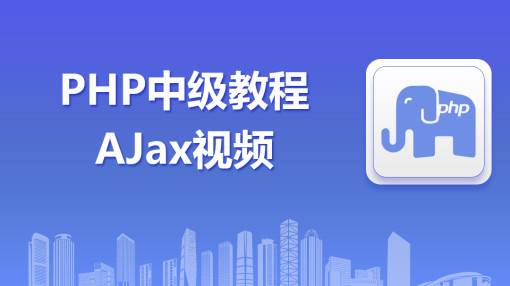答案:Java中通过CompletableFuture实现异步任务链,支持串行(thenApply、thenCompose)、并行(thenCombine、allOf)及异常处理(exceptionally、handle),并建议使用自定义线程池以避免阻塞ForkJoinPool。

在Java中实现异步任务链,核心是利用 CompletableFuture。它提供了强大的组合能力,能将多个异步操作串联、并行或响应式地执行,形成清晰的任务流程。
当多个任务需要按顺序执行,且后一个依赖前一个的结果时,使用 thenApply、thenCompose 等方法。
CompletableFuture<String> future = CompletableFuture
.supplyAsync(() -> "第一步:获取数据")
.thenApply(data -> data + " => 第二步:处理数据")
.thenApply(processed -> processed + " => 第三步:格式化");
future.thenAccept(result -> System.out.println("最终结果: " + result));
多个独立任务可以并行执行,完成后合并结果。使用 thenCombine 或 allOf。
CompletableFuture<Integer> task1 = CompletableFuture.supplyAsync(() -> {
// 模拟耗时计算
try { Thread.sleep(1000); } catch (InterruptedException e) {}
return 100;
});
CompletableFuture<Integer> task2 = CompletableFuture.supplyAsync(() -> {
try { Thread.sleep(800); } catch (InterruptedException e) {}
return 200;
});
task1.thenCombine(task2, Integer::sum)
.thenAccept(sum -> System.out.println("并行任务合并结果: " + sum));
异步链中任何环节出错都会中断流程,需通过 exceptionally 或 handle 捕获异常。

AJAX即“Asynchronous Javascript And XML”(异步JavaScript和XML),是指一种创建交互式网页应用的网页开发技术。它不是新的编程语言,而是一种使用现有标准的新方法,最大的优点是在不重新加载整个页面的情况下,可以与服务器交换数据并更新部分网页内容,不需要任何浏览器插件,但需要用户允许JavaScript在浏览器上执行。《php中级教程之ajax技术》带你快速
 2114
2114

立即学习“Java免费学习笔记(深入)”;
CompletableFuture.supplyAsync(() -> {
if (true) throw new RuntimeException("模拟错误");
return "成功";
}).exceptionally(ex -> {
System.err.println("出错: " + ex.getMessage());
return "备用结果";
}).thenAccept(System.out::println);
基本上就这些。CompletableFuture 让 Java 的异步编程变得直观,合理使用链式调用和组合方法,就能构建健壮的任务流。不复杂但容易忽略的是线程池的选择——默认使用 ForkJoinPool,生产环境建议传入自定义线程池避免阻塞公共池。
以上就是如何在Java中实现异步任务链的详细内容,更多请关注php中文网其它相关文章!

每个人都需要一台速度更快、更稳定的 PC。随着时间的推移,垃圾文件、旧注册表数据和不必要的后台进程会占用资源并降低性能。幸运的是,许多工具可以让 Windows 保持平稳运行。

Copyright 2014-2025 https://www.php.cn/ All Rights Reserved | php.cn | 湘ICP备2023035733号